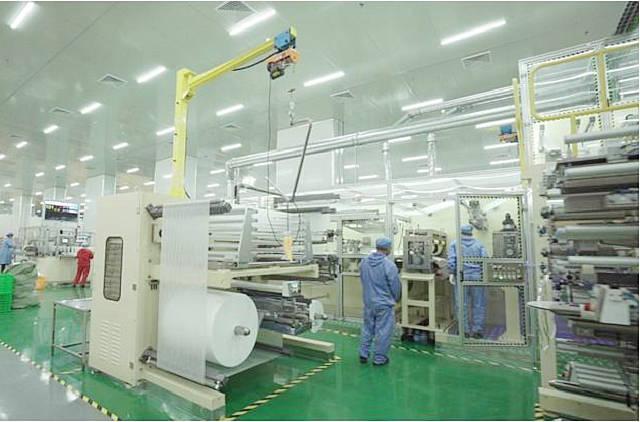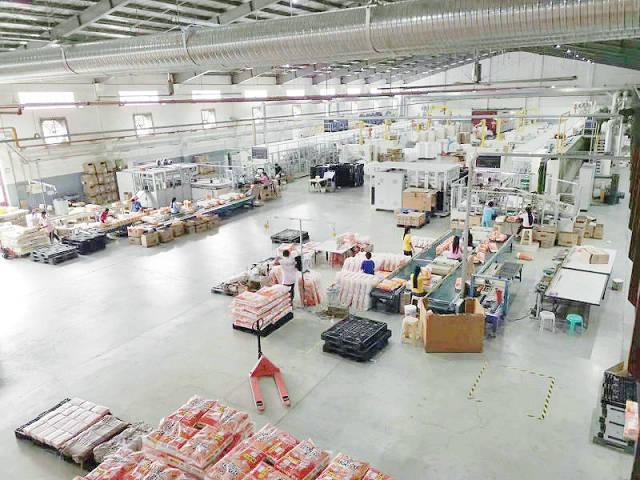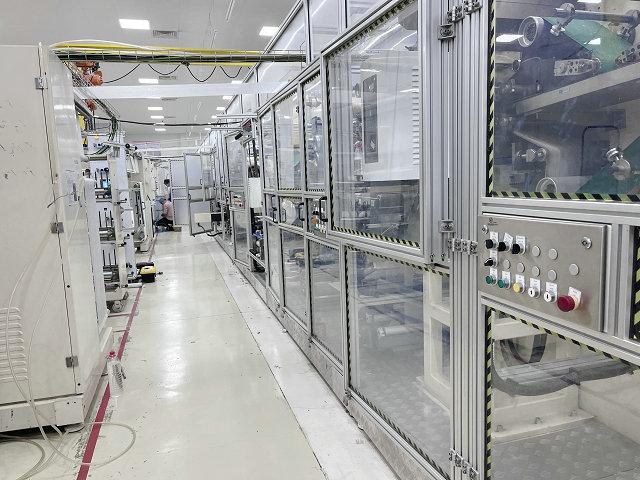Author:Haina Machinery Factory FROM:Diaper Machinery Manufacturer TIME:2024-11-15
Operating a Sanitary Pads Machinery efficiently is crucial for ensuring high-quality production and meeting market demands. The process involves various factors, from machine setup and maintenance to workforce training and quality control. This article will explore the best practices for operating a sanitary pad machine, providing insights into each aspect of the operation. By adhering to these guidelines, manufacturers can enhance productivity, reduce waste, and maintain product consistency.
Before operating a Sanitary Pads Machinery, it is essential to have a comprehensive understanding of its components. Familiarize yourself with the different parts, such as the unwinding unit, cutting station, and sealing mechanism. Each component plays a vital role in the manufacturing process. Ensure that operators receive proper training on how these parts function together to produce high-quality pads. Regularly reviewing the machine's manual can also aid in troubleshooting and maintenance.

Routine maintenance is critical to prevent breakdowns and ensure smooth operation. Establish a maintenance schedule that includes daily, weekly, and monthly tasks. Daily checks should involve cleaning debris and inspecting moving parts for wear and tear. Monthly inspections can include lubricating components and checking electrical connections. Maintaining a clean workspace not only prolongs the life of the machine but also ensures product hygiene, which is paramount in sanitary product manufacturing.
The efficiency of a Sanitary Pads Machinery heavily relies on the skill level of the operators. Implement comprehensive training programs to educate staff about machine operations, safety protocols, and quality standards. Encourage continuous learning through workshops and hands-on training sessions. Well-trained personnel can quickly identify issues, operate the machine effectively, and contribute to a safe working environment.

Establishing robust quality control measures is essential for producing Sanitary Pads Machinery that meet industry standards. Implement a system for regular testing of raw materials and finished products. This can include visual inspections, absorbency tests, and leak tests. Utilize statistical process control (SPC) methods to track production data and identify trends or anomalies. Ensuring consistent quality helps build brand trust and customer loyalty.
To maximize production efficiency, analyze the workflow and identify bottlenecks in the process. Streamline operations by organizing the production line and ensuring that all necessary materials are readily available. Use lean manufacturing principles to minimize waste and improve cycle times. Consider implementing automation where possible to reduce labor costs and increase output. Regularly review performance metrics to identify areas for improvement.
Safety should always be a priority in any manufacturing environment. Develop and enforce safety protocols to protect workers from potential hazards associated with operating machinery. Provide personal protective equipment (PPE) such as gloves, masks, and goggles. Conduct regular safety drills and training sessions to ensure all employees are aware of emergency procedures. A safe workplace fosters employee morale and reduces the risk of accidents.
In today's manufacturing landscape, environmental sustainability cannot be overlooked. Implement practices that minimize waste and reduce the ecological footprint of the production process. Consider using biodegradable materials for sanitary pads and recycling waste products whenever possible. Additionally, explore energy-efficient technologies and processes to reduce overall energy consumption. This commitment to sustainability can enhance the company’s reputation and appeal to eco-conscious consumers.

Continuous improvement should be a fundamental aspect of operating a sanitary pad machine. Encourage feedback from operators and quality control teams to identify potential areas for enhancement. Implement methodologies such as Six Sigma or Kaizen to systematically improve processes. Regularly reviewing goals and performance can help in setting benchmarks for future improvements, leading to increased efficiency and product quality.
Operating a Sanitary Pads Machinery requires a multifaceted approach that combines technical knowledge, skilled labor, and adherence to quality and safety standards. By understanding the machine components, prioritizing maintenance, investing in workforce training, and implementing effective quality control measures, manufacturers can optimize their production processes. Additionally, committing to sustainable practices and continuous improvement can further enhance operational efficiency. Following these best practices will not only lead to higher productivity but also ensure the production of safe, reliable sanitary products that meet consumer needs.
